Why I searched for a plane and how I found N5581M
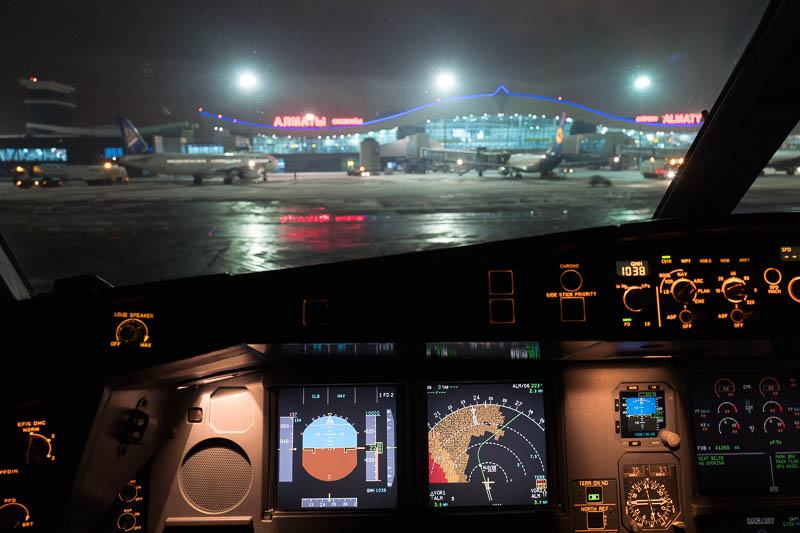
We are supposed to think and act logical. Economic models are based on that believe. But in 2011, Daniel Kahneman showed us, that we do stupid, illogical things all the time. Acting illogical makes us humans, I guess.
For the vast majority of us, there is no reason, why you would want to own an aircraft. Only very few of us need it for their business. Only a few of us can afford it. And those who can, should ask themselves, if there is really no better way to spend the money?
Work and private life should be in a balance, but mine was not. Work was everything for me. I loved my family, but didn't have time for them. I didn't have any hobbys. Nada. What happens to me emotionally, I asked myself, if something or someone takes my job away? A flight doctor? A manager? Fate? What would I do then? How can I prepare myself for this? What will I regret for having done and not having done? I guess these are luxury problems, when many people don't know how to pay the rent or feed the kids. But in 2016, these were my thoughts and I started to look for a hobby. It should be something I could start now with little time and intensify when I retire. It should be compatible with my live long passions for travelling and flying. It should fascinate me and teach me new stuff. Get me into contact with new people, all over the globe. I wanted to be able to tell interesting new stories instead of repeating the old stuff of earlier days, as old people often do. My new hobby should be compatible with my family. My budget. My ethical believes. Everything in my life was perfect, so why not change it? I had sufficient money, why not spend it? If you understand me, this story may fascinate and motivate you to do something similar. If you don't, I hope you at least find it interesting.

I started by doing things I enjoyed when I was young and which I haven't done for a long time. Such as hiking long distances. But it is not the same. I have changed, the world has changed and things I enjoyed in the past are not giving me the same joy now. It should be new, but not completely new. One of the things I liked very much when I was young was riding a motorcycle long distances, maintaining it, thinking about life, while riding. Robert Pirsig described this in his fantastic book. I looked at motorcycles and was close to buying one, but it was all too familiar, not challenging. I have done this and there is no sense in repeating it.
Flying. I did this all my life. Not exactly something new. Flying small propeller aircraft. Now this is something, I haven't done for 25 years (with very little exceptions). Flying such a small aircraft long distances. This is new. I never crossed a state border with a prop. Doing aircraft maintenance myself? Never done this either. Is it legal? I thought more and more about purchasing a small aircraft. But which one?
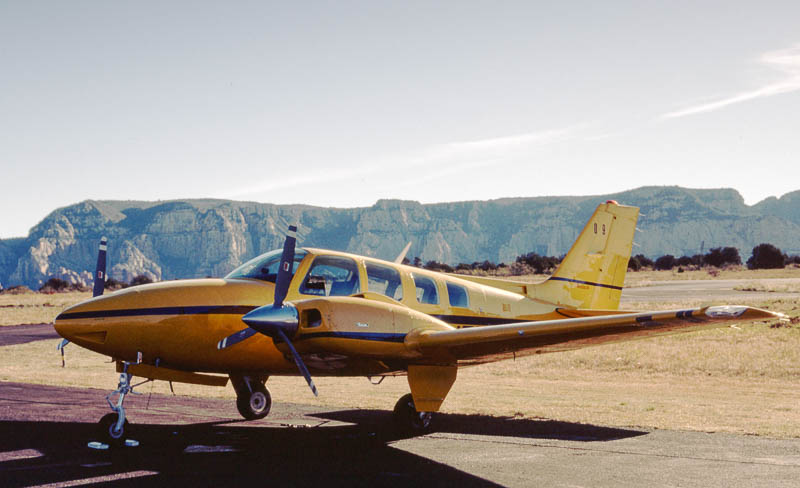
In 1990, I flew the Beech Baron. Nice two engine propeller aircraft. Barnstormers showed offers I could afford. But it is a complex aircraft, expensive to maintain and fly. Actually, this is, why it is offered cheap. The additional safety margin of a second engine is welcome, but doubles the cost, e.g. when compared to a Beech Bonanza. Anke, a colleague of mine, had a Bonanza. Beautiful classic, polished aluminium. If you own a plane for pleasure, shouldn't it be beautiful? Shouldn't it make you smile, whenever you see it? Classics are beautiful. I think my first firm decision was, it should be a classic with polished aluminium.
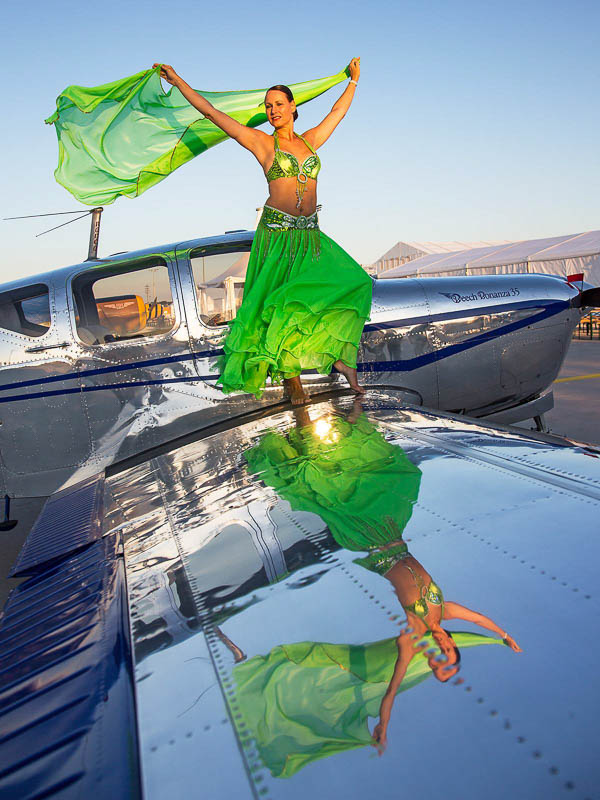
A Bonanza? Why not something more classic. Bonanzas have been produced since the 1940s, but they have been ahead of their time. Constant speed prop. Retractable gear. Tricycle. A real classic must have a tailwheel. A taildragger with polished aluminium.

At airshows you see them. They came in all sizes, from single seaters up to DC3s. A DC3 is too big and costly to maintain and operate, even if cost is shared between many.
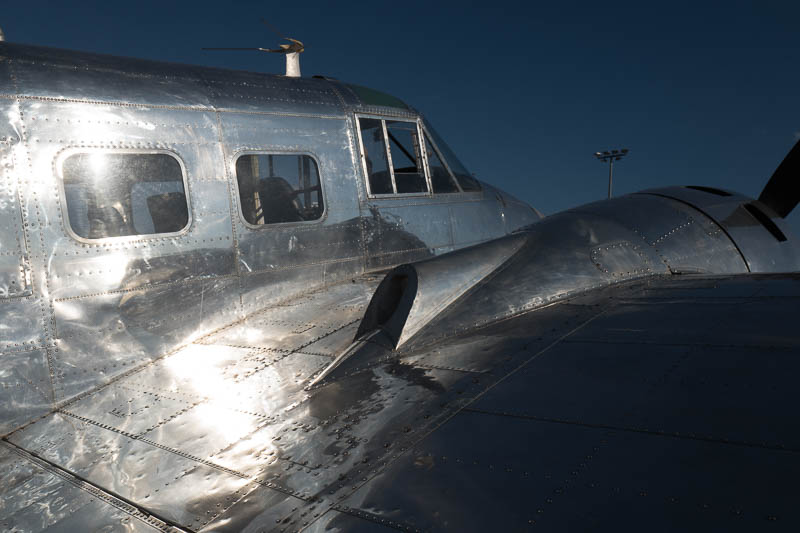
A Beech 18 is still big and costly. If you are talented and licensed to do most maintenance yourself and willing to spend all your time and money, you may be able to maintain and operate one, I guess. But you must be very dedicated. Not everybody is. Nevertheless, I looked at Beech 18, talked to owners. "You should do your first 1000 tailwheel landings on a smaller and cheaper trainer", a Swiss Beech 18 owner told me.
A small classic polished taildragger sounds like a cautious approach. I like being cautious. If I find out, this is not for me, it is easier to pull out. Furthermore, my job still kept me very busy. Reality was, I had no time for an aircraft, not even a very small one. But I lied to myself and kept telling me, that I would have the time and I decided to go ahead and buy one.

Which small classic polished taildragger? A colleague owned an Ercoupe. Nice looking. Twin tail like the Beech 18, but tricycle, no tailwheel. No rudder. Unstallable. Too modern for me, not a real classic.
Compared to its 1940 competitors Ercoupe and Bonanza, the Cessnas 140s and 170s were very traditional and simple planes. Fabric-covered wing. Fixed gear. Tailwheel. Fixed prop. High wing, so no fuel pump needed. Thousands have been produced and thousands are still flying, so spares are available (usually). From August 2017 on, I browsed through all the ads, looking and comparing Cessna 120 and 140 models on the market.
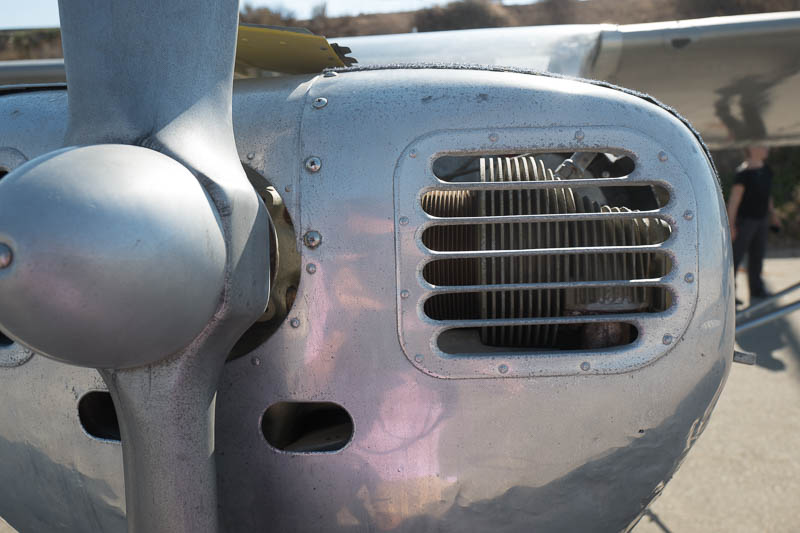
September 30th, 2017, my daughter Kyra and I flew to Los Angeles. We were accompanied by Anke, who has a lot of experience with aircraft and would do the pre-buy inspection. We had three appointments with 140 owners. First one near San Diego, second one in Las Vegas and the third near San Francisco. First one had a lot of corrosion. I just didn't fell in love with it. We drove to the second one.

It is a long drive from San Diego to Las Vegas, but we had a convertible and enjoyed it.
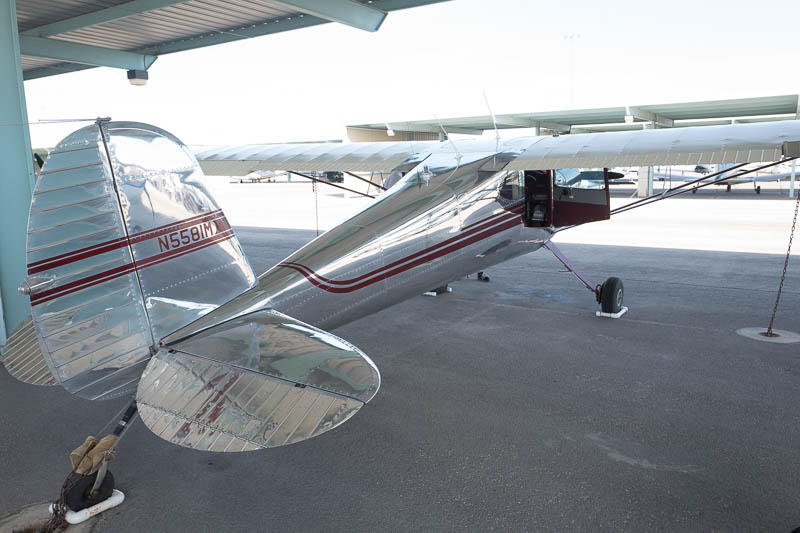
Never liked Las Vegas, gambling and showbiz is not my world. North Las Vegas (VGT) is a huge general aviation airport serving Las Vegas. No airlines. But hundreds of small planes parked under the shades. Lots of owner's hangars too. Busy helicopter operations. Flight schools. We met Jon, the owner of N5581M. I saw it. Love at first sight. This is it. Not a good start for negotiations, it occurred to me.

Serial 12599. Manufactured April 2nd, 1947. Back then, delivered with a Continental C85, but upgraded to a C90 from 1965 in 1983. Aircraft Total Time is 1770 hours. Why only 1770? It was in storage for a decade. Never used commercially, it seems. Anke looked at everything. Smiled. Signaled me to buy it.

It had 18 owners so far. Longest owner was Joe Shannon who owned it from 1993 until he died in 2010. Put his name on the door. It is still there. The three owners since kept it and I will too. Apparently no accidents. Not in the (complete) logs. Nothing visible. Not a beauty price winner, but less corrosion than the one in San Diego. Jon asked me, if I want to fly it. Sure I want.
"How many hours of tailwheel you have?", Jon asked, when we taxied out together. "Zero", I answered. Take off roll began. Jon pressed the control wheel full forward. That is what you do. You want to get the tail up asap, to reduce drag. I feared wheel full forward could nose it over, but you can't. Not during take off. Landing is another matter. The 140 accelerated and when it reached flying speed Jon let it fly but kept it in ground effect. "Brian showed it to me that way", he said. Reduce exposure, I later read in Brian's book. You want stored energy. Especially in a low performance single engine aircraft. Energy can be stored in excess airspeed or in excess altitude. In many cases, excess airspeed is the better option. North Las Vegas is surrounded by houses and busy Las Vegas International is close. Not good for airwork. So we flew to what the flight schools here call the North West training area. Did the usual stuff. Steep turns. Slow flight. Stalls. All ok. So we headed back. "Feet of the rudder", Jon warned. He didn't want me taildragger beginner messing his landing. "You want to buy?", Jon asked me. Sure I want.
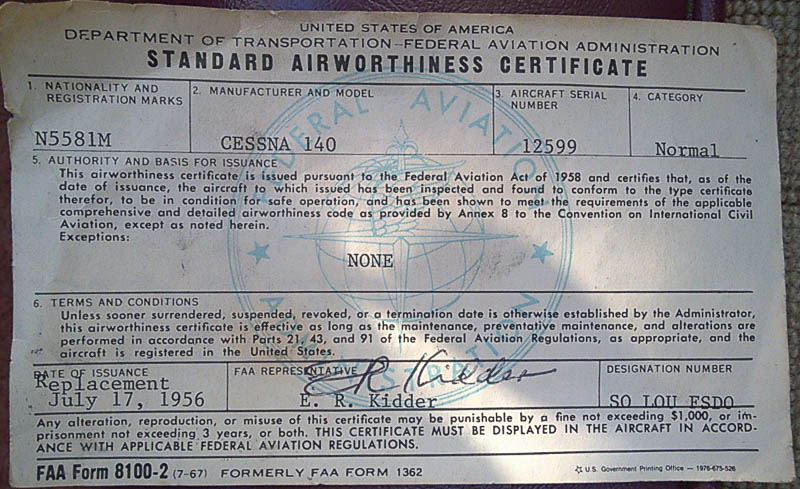
We had done our homework before coming. We had ordered the plane's data from the FAA and Anke had studied it carefully. We went through the issues, e.g. the title, which needed to be cleared. Many decades ago, one of the previous owners took a loan on the plane's title. But the MERCHANTS & SAVINGS BANK in Janesville, Wisconsin was long out of business. A specialist was needed to find and contact its legal successor. Took him a few weeks and me a few hundred dollars, to solve this issue. But I am getting ahead.
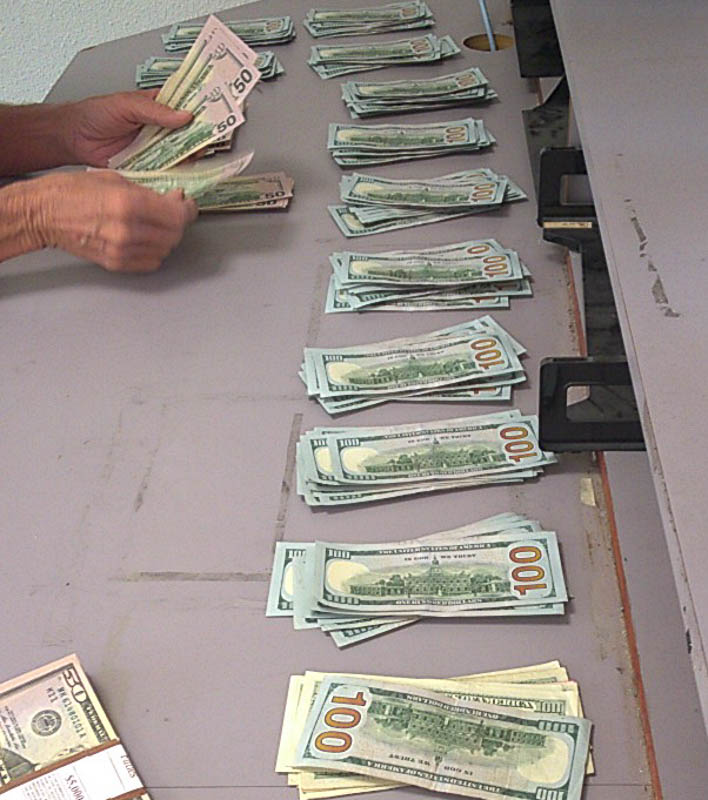
After the flight, we negotiated and agreed on a price. It is a matter of trust, how complex the transaction needs to be. Jon and I trusted each other, so it was simple. I gave him the cash and he gave me the keys and the logs of the plane. To satisfy the FAA, we made a contract and notified them.

Finally I was aircraft owner! I thought I could use my European ATPL and jump right in and fly, but I learned that I need (among other things) a US PPL and a tailwheel endorsement to fly this lovely N-registered plane. Anke and Kyra flew home, but I went to a flight school the next day, did some duals in a 172 and wrote the FAA’s PPL theory test 3 days later. But there was a lot of bureaucracy. It didn’t matter that for the last 20 years I had been flying heavy Airbusses into the USA, the TSA had required me to go through the same, cumbersome, bureaucratic back ground checks, they require from every foreign national who wants to learn to fly in the USA, after 9/11. As some of the training I did 28 years ago in the Lufthansa Flight School in Phoenix, Arizona wasn’t well documented in my old log book, I had to repeat it, e.g. the night cross countries. And I didn't had the time. My job kept me busy. To cut things short, 9 months after I purchased the 140, a DPE gave me my US PPL. Now it is time for a tailwheel endorsement.